Description
This book explains the basic concept of computer storage and its fundamental features and functionalities. It also includes topics on how the application servers access storage systems through the network.
Different storage vendors use different name for physical and logical components of a storage system, but this book primarily focuses on concept of storage systems using simple and commonly understood terminologies. Almost all modern storage systems have virtualization implemented to enhance performance and fault tolerance. This book explains these implementation aspects in simple terms.
This book also highlights the storage system usage in various solutions to meet enterprise company?s business objectives.
This book consists of nine chapters. First chapter describes the different type of storage systems and their solutions. Next four chapters focus on the components of a storage solution, storage disk array, host servers, storage networking components and their communications. Later chapters explain storage performance, fault tolerance and space efficiency and their related features. The last chapter highlights storage management software suite that enables administrator to manage all storage hardware and software components and their features and functionalities that are discussed in earlier chapters.
Concepts are explained with examples, less words and more diagrams. Simple language is used throughout the book with to-the-point information.
At the end of each chapter, this book provides industry specific case studies for the reader to correlate learnings with actual and real facts.
This book also includes different type of learning checks for each chapter that helps to refresh learnings and enhance the learning experience. Learning checks are classified into three – objective type questions with multiple choice answers, descriptive questions and quiz questions focusing on problem solving, logical thinking, and storage solution based. Quiz questions can have short answer, yes/no or true/ false. These learning checks can also be considered as a topic for group discussions, in which, group of students, colleagues, or professionals can discuss and provide reasons to justify their answers.
Table of Contents
INTRODUCTION
About this Book
CHAPTER 1: STORAGE SYSTEMS AND SOLUTIONS
Learning objectives
Introduction
Type of storage systems
Storage solutions
Type of storage solutions
Cloud Storage
Entry level storage solution
Mid-range storage solution
Enterprise storage solution
Hyper-Converged
Summary
Case Studies
Learning Check
Glossary and Key terms
CHAPTER 2: STORAGE INFRASTRUCTURE
Learning objectives
Introduction
Hardware and software component stack
Physical Layout of a Storage Disk Array
Storage network components
Software Defined Storage
Securing storage infrastructure
Managing storage infrastructure
Summary
Case Studies
Learning Check
Glossary and Key terms
CHAPTER 3: STORAGE DISK ARRAY
Learning objectives
Introduction
Controller Operation modes
Caching Techniques
RAID Concept
Virtual RAID
Storage Virtualization
Summary
Case Studies
Learning Check
Glossary and Key Terms
CHAPTER 4: STORAGE COMMUNICATION PROTOCOLS
Learning objectives
Introduction
SCSI Protocol
Fibre Channel Basics
iSCSI Overview
FCoE Overview
File Access Protocols
Summary
Case Studies
Learning Check
Glossary and Key terms
CHAPTER 5: STORAGE NETWORKING
Learning objectives
Introduction
SAN topology
Zoning
LUN Masking
Multipath
Summary
Case Studies
Learning Check
Glossary and Key terms
CHAPTER 6: STORAGE PERFORMANCE
Learning objectives
Introduction
Performance Terminologies
Workload and its pattern
Tiered Storage
Quality of Service (QoS)
Clone File Blocks(XCOPY) and Zero File Blocks(WRITE SAME)
Summary
Case Studies
Learning Check
Glossary and Key terms
CHAPTER 7: FAULT TOLERANCE AND DATA PROTECTION-
Learning objectives
Introduction
Remote Replication
Backup Solution
Summary
Case Studies
Learning Check
Glossary and Key terms
CHAPTER 8: SPACE EFFICIENCY
Learning objectives
Introduction
Thin Provisioning
Space reclamation (UNMAP)
Dynamic capacity management
Deduplication and compression
Summary
Case Studies
Learning Check
Glossary and Key terms
CHAPTER 9: STORAGE MANAGEMENT
Learning objectives
Introduction
Storage management software
Steps to implement a storage solution
SAN Storage connected to multiple hosts in Cluster
Storage connected to host server via iSCSI
File Storage connected to SMB and NFS client systems
Summary
Case Studies
Learning Check
Glossary and Key terms
SUMMARY
LEARNING CHECK ANSWERS

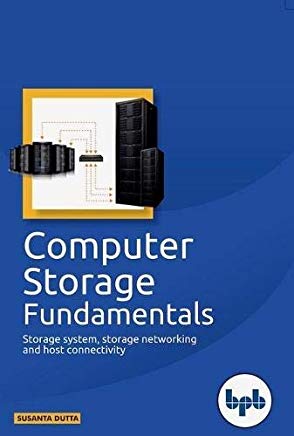
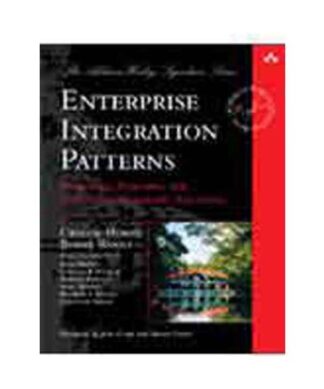
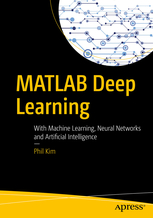
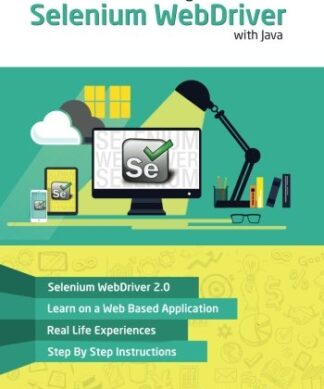











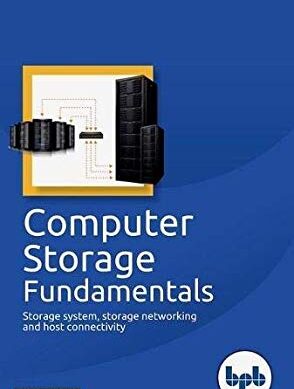
Reviews
There are no reviews yet.